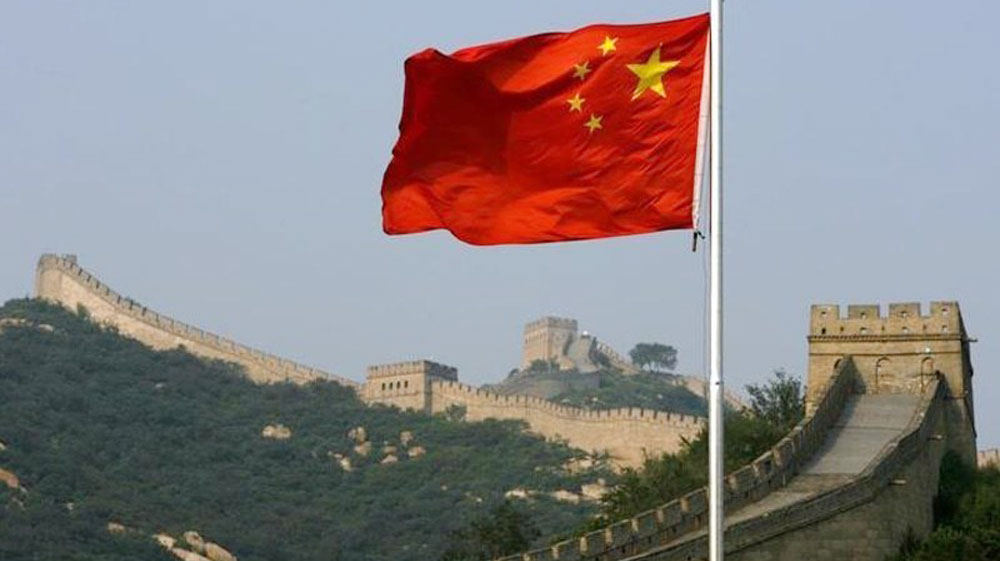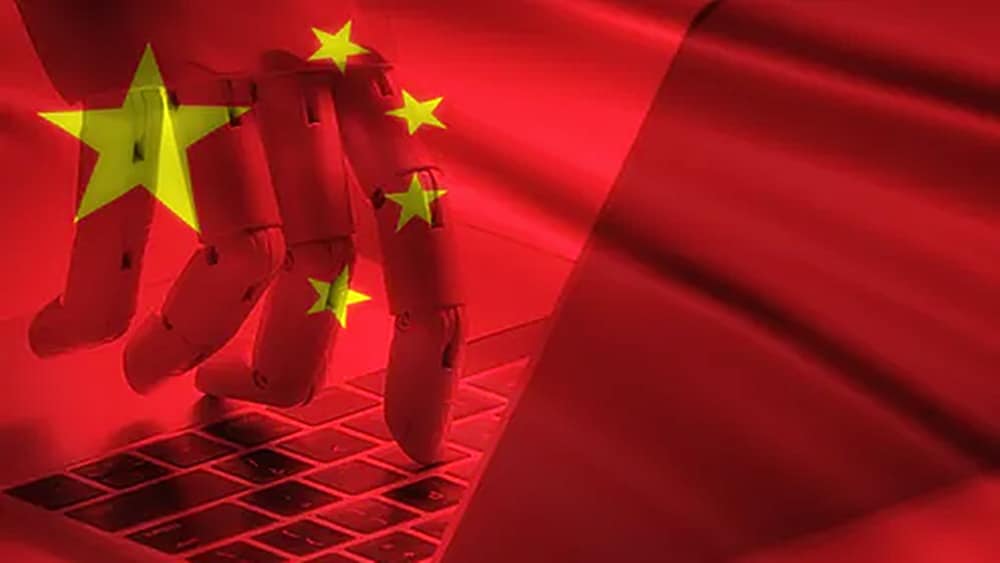Starting October 1, 2025, China will introduce a new K visa aimed at attracting young science and technology professionals from around the world. The initiative is part of a broader effort to strengthen the country’s innovation ecosystem and make it easier for highly skilled individuals to contribute to China’s scientific and technological growth.
What’s New?
Previously, under the 2013 Foreigners Entry-Exit Administration Regulations, China offered 12 main visa categories, including work (Z), study (X), business (M), and family reunion (Q) visas. The amendment adds a new category:
- K Visa: Issued to foreign young science and technology talent.
- Eligibility: Applicants must meet the requirements set by Chinese authorities and provide relevant documentation.
The term “young science and technology talent” generally refers to:
- STEM graduates (science, technology, engineering, mathematics) with at least a bachelor’s degree from recognized universities or research institutions worldwide, or
- Young professionals working in education or research in relevant fields.

Why the Change?
The K visa aligns with China’s Talent Power Strategy, which emphasizes science as a driver of productivity, talent as a core resource, and innovation as a growth engine. It is designed to:
- Lower entry barriers for qualified individuals.
- Promote global scientific and technological exchange.
- Encourage collaboration that supports China’s research and innovation efforts.
How the K Visa Stands Out
Unlike other work or research visas, the K visa:
- Does not require a Chinese employer or inviter at the application stage.
- May allow more flexible entry terms, validity periods, and length of stay.
- Permits a wide range of activities, including education, research, entrepreneurship, and cultural exchange.
- This flexibility makes it appealing to recent graduates, independent researchers, and entrepreneurs exploring opportunities in China.
Potential Impact
- Boosting early-career talent: Targets individuals in the formative stage of their careers, building long-term professional connections.
- Supporting smaller innovation hubs: Could attract foreign talent to regional tech parks, biotech clusters, and AI startups beyond Beijing and Shanghai.
- Signaling openness: Positions China as a welcoming destination for global science and technology talent, even as some countries tighten immigration.
- Encouraging reverse brain drain: Facilitates temporary return for Chinese-origin talent holding foreign citizenship.
Challenges Ahead
The policy’s success will depend on:
- Clear definitions for “young” and “talent.”
- Effective integration and retention policies.
- Balancing openness with national security considerations.
- Efficient, transparent visa processing to avoid delays.
Detailed guidelines from the Ministry of Foreign Affairs are expected before the rollout, covering application procedures, required documents, and the possibility of fully online submissions. Some cities may also offer extra incentives—such as startup funding, housing subsidies, or access to innovation hubs—to attract K visa holders.
The K visa is more than just a new category—it’s a strategic move in the global competition for science and technology talent. If implemented effectively, it could position China as a prime destination for the next generation of innovators, researchers, and entrepreneurs.
